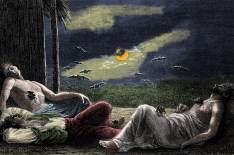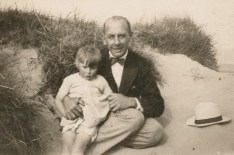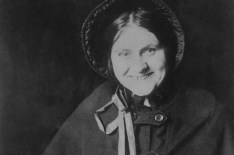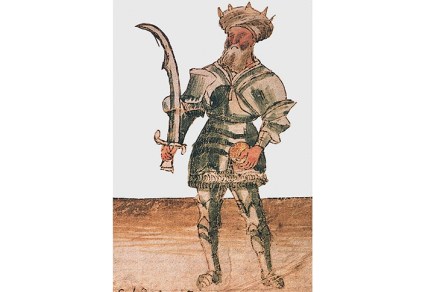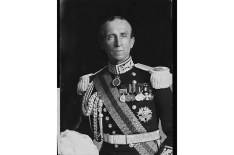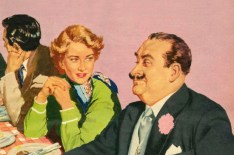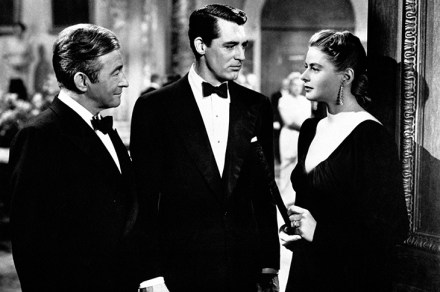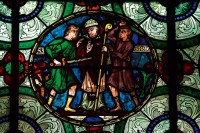Mothers meeting
Niven Govinden’s This Brutal House is set in the demi-monde of the New York vogue ball. This is an organised, charged battle of display, a peacocking, glitter-fuelled extravaganza, in which transvestites and transsexuals compete against each other for kudos and cash prizes. Eyelashes lengthen, hair is piled up for hours, dresses shimmer and heels clack, as some of the city’s most vulnerable inhabitants seek a place of self-expression and safety. The participants urge each other on with powerful expressions in demotic idiom. One chapter is devoted to a list of vogue ball categories. Running to several pages, it includes everything from ‘Category is: see you in the afternoon realness’ to




